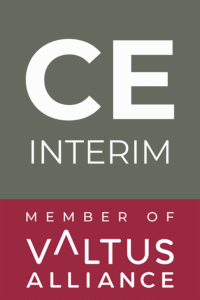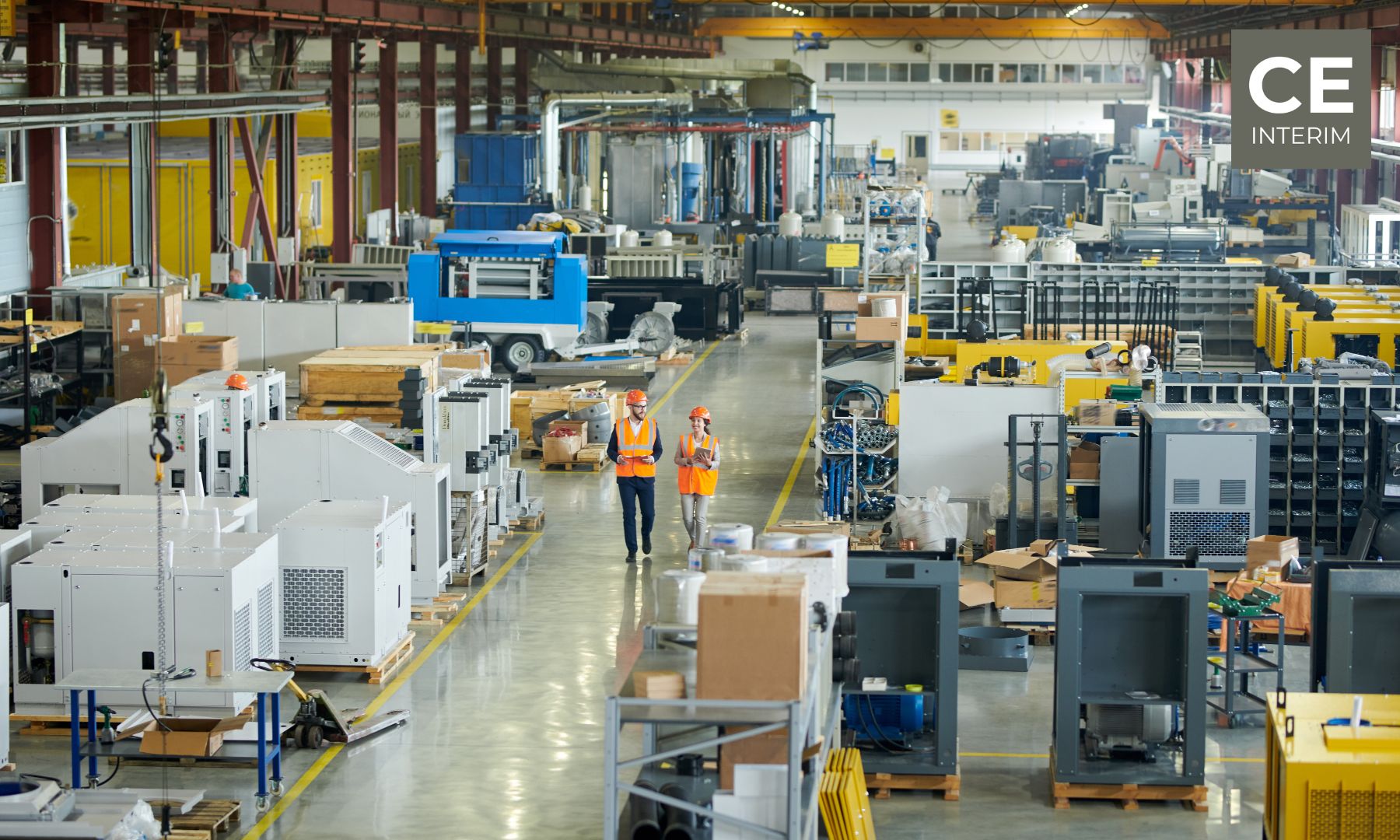Not enough time to read the full article? Listen to the summary in 2 minutes.
Factory relocation is more than just simply picking up equipment and machinery and dropping it in a different location. It requires careful assessment and planning, executing the plan with a phased approach, and continuous monitoring and optimization post-movement. Transparent communication with stakeholders and employees is another key aspect of a manufacturing plant relocation process.
It helps with seamless coordination throughout the different steps of relocating a factory, keeps the concerns addressed, and prevents hindrances. Companies ignoring these aspects face production disruption, high costs, and unhappy employees and customers.
Today, we’ll explain all the practical aspects of a plant relocation to help you follow the right strategy. By the end of this blog, you’ll have access to a complete factory relocation checklist that will ultimately help make your manufacturing plant relocation project a massive success.
Understanding the Practical Aspects of a Factory Relocation
Practical aspects of a factory relocation refer to the real-world, hands-on, or applied elements of shifting your manufacturing unit to a different location that companies have to deal with. To plan plant relocation effectively, focus on practical aspects for meticulous execution.
However, a wise business manager understands that theory can merely help you to an extent. If your approach is purely theoretical, you leave space for mishaps and your mistakes will become learning lessons for others. Instead, when you learn from practical experiences, your chances of success can increase exponentially.
In this regard, creating a comprehensive factory relocation checklist and seeking assistance from interim management companies can be a quick and effective solution to address obstacles promptly. But before that, we better take a look at the practical aspects of factory relocation that you must focus on:
Initial Plan Development
Developing the initial plan is the first step in the factory relocation process. Start by assessing manufacturing plant relocation needs, movement objectives, and potential locations that align with goals. Next comes the budgeting and cost estimation phase. You have to consider all direct and hidden costs such as packing and transportation, facility setup, and downtime.
Allow as much time as required for the planning phase and engage your key stakeholders early. Develop a realistic timeline for the project with the setup of key milestones and deadlines. Careful planning tailored to your company’s requirements is key for a successful transition.
Finalizing the New Location
Choosing the right site is crucial to achieving your factory relocation goals. You must perform a thorough analysis of potential locations based on the following factors before finalizing one:
- Local infrastructure and utilities.
- Legal and regulatory considerations.
- Proximity to suppliers and customers.
- Access to key markets and transportation routes.
- Cost and quality of the workforce.
- Future expansion possibilities.
The location that satisfies the criteria to achieve your business objectives will be the perfect site for relocating your manufacturing unit.
Workforce Management & Support
Workforce management is the next crucial aspect that companies often neglect but it could lead to employee dissatisfaction and disruption of operations. You must understand the concerns of your talent, address them, and follow an effective communication strategy with sheer transparency. You may also have to offer relocation assistance and packages to the employees who are moving with the manufacturing unit.
If you have made upgrades or changes to the existing equipment and machinery during relocation, you must educate your existing staff about it. If necessary, your company would need recruitment of local talent at the new location, followed by their training on your equipment and processes.
Inventory & Asset Management
Performing a thorough audit of your inventory and assets is required before packing everything for the movement. Don’t forget to carry your business records, distribution plans, and quality management systems alongside other assets. After the audit, you should categorize items properly, followed by appropriate packaging and labelling for transportation.
This prevents potential damage during the movement, easy identification, and avoids any delays during packing, shifting, and unpacking.
Risk Analysis and Management
Having a solid risk management plan in place, from the beginning till completion, is another essential aspect that companies ignore. Unforeseen circumstances can arise at any time, especially during transit and transportation.
Incorporating contingency plans in your strategy can help you deal with any potential roadblocks, especially when a company is going through a crisis. You can take help from interim managers or executives for proper risk analysis and management as they are experts in developing and executing contingency plans.
Facility Setup & Equipment Installation
The next key step is preparing the new facility and planning the layout. You should ensure necessary utilities, infrastructure, and permits are in place. Following this, you can set up IT infrastructure, and security systems, and proceed with data migration. Schedule equipment installation and oversee the procedure.
Once done, perform regular testing and calibration to ensure the workflow is managed and processes are optimized. Make sure that the facility meets all safety standards and complies with the policies of the new location.
Monitor Operational Transition
When the transition is over and the new facility has been set up, it’s time to conduct a post-relocation evaluation to assess if things went as per the initial plan and identify any areas for improvement. It’s vital to run a few pilot tests to monitor operational transition and fix the emerging shortcomings.
You can also seek feedback from employees, customers, and suppliers to evaluate their satisfaction and address their concerns. Relocation is a lengthy process that has long-standing impacts. By continuously monitoring them, you can make essential optimizations to maintain the quality of the transition.
Ensuring Successful Transition
A clear and deep understanding of the practical aspects of factory relocation helps in minimizing risks and downtime, controlling costs, and maintaining operational efficiency.
By utilizing a comprehensive factory relocation checklist and following it closely, companies can perform detailed planning, effective communication, and strategic management of the transition.
An excellent approach here would be to hire a skilled interim manager who can help navigate your company through the complexities of factory relocation more effectively.
This allows the transition to stay aligned with the company’s objectives and minimizes disruptions. Interim managers specialize in projects like factory or manufacturing plant relocation. By leveraging their expertise, companies can successfully move their productions to different locations with minimal effort, resources, and downtime.
Final Thoughts
Focusing on the aspects we discussed today will help your company strategize effectively, execute the plans with ease, and complete the manufacturing plant relocation smoothly.
Seeking the help of a reputable interim manager company manufacturing plant relocation ensures the factory relocation checklist is ticked off appropriately.
It will prevent the disruption of operations, minimize downtime, and keep your resources focused on long-term business goals. Looking to relocate your factory with precision while maintaining cultural sensitivity? CE Interim is here to help.
We are your expert partner in cross-cultural interim management solutions. Our seasoned interim managers ensure smooth transitions and optimize operational efficiency. Benefit from our extensive experience in managing complex transitions across diverse cultural landscapes.
Whether you’re moving to streamline logistics, enhance production capabilities, or capitalize on strategic advantages, we’re here to guide you every step of the way. Discover how our cross-cultural expertise can empower your business with tailored interim management solutions. Fill out our Contact Form today to discuss your factory relocation needs and embark on a journey of growth and efficiency with confidence.
Are you ready to master these practical aspects and pave the way for operational excellence?





